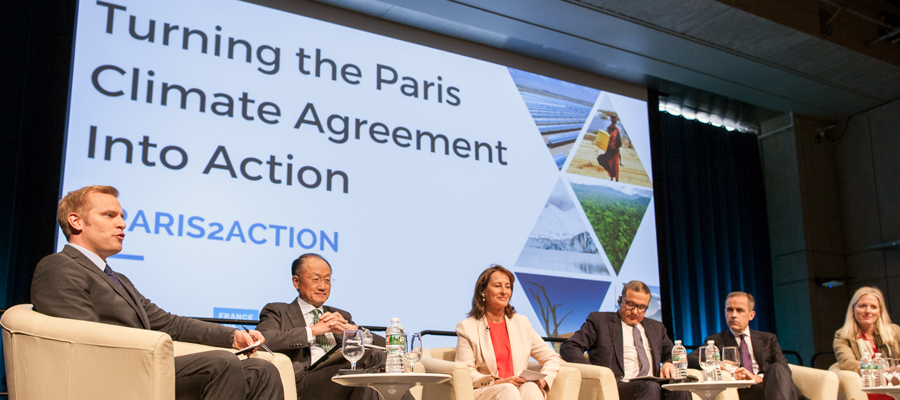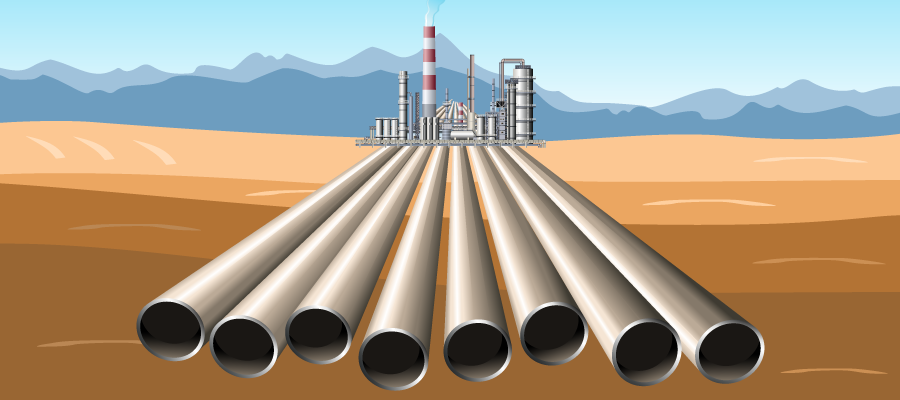Trans Mountain pipedreams and other energy follies: Why Canada needs a viable energy plan

Like it or not, we need to plan for a major transition over the coming decades from our reliance on fossil fuels to renewable energy.
Fossil fuels are the major source of energy for Canadians and people around the world (providing 85 per cent of global primary energy in 2017). But hydrocarbons—oil, gas and coal—unfortunately also have major environmental impacts from both extraction and combustion.
Given this reality, Canada’s policy of selling off its remaining non-renewable energy assets as fast as possible makes little sense.
Canada’s production of conventional oil peaked in 1973 and natural gas peaked in 2001, meaning the only hope for significant growth is from oil sands and fracked oil and gas, both of which have high environmental impacts.
Although Canadians will likely need oil and gas at some level for the foreseeable future, more than half of our current production is exported, meaning we are selling off the highest quality portion of our remaining resources at rock bottom prices.
Hydrocarbons have major environmental impacts from both extraction and combustion.
Even with the Alberta government’s Climate Leadership Plan, which caps oil sands emissions at 43 per cent above 2015 levels, forecast growth means Canada’s economy outside of oil and gas production will have to reduce emissions 49 per cent by 2030 and 84 per cent by 2040 to meet the Paris targets—an unlikely prospect barring economic collapse.
We are told that any effort to curb oil and gas production will have disastrous effects because the industry generates the revenues that provide government services. But the facts show that returns to Canadians from royalties on oil and gas have plummeted.
Data from the Canadian Association of Petroleum Producers show that royalties paid by industry fell 44 per cent between 2000 and 2017—from $11.9 billion to $6.6 billion—a period in which hydrocarbon liquids production increased by 77 per cent. The effective Canadian royalty rate decreased from 18.3 per cent on $65.1 billion of sales revenue in 2000 to 6.2 per cent on $107.1 billion in 2017. The situation in Alberta is even worse, where the effective royalty rate decreased from 19.5 per cent to 5.1 per cent over this period.
And in BC, which aspires to become an LNG exporter, we’ve seen a similar story.
The effective royalty rate declined to 3.6 per cent in 2017 from 19.4 per cent in 2000, a period in which gas production more than doubled. In order to incentivize LNG development, the BC government has further minimized public benefits by deferring the provincial sales tax on construction materials, foregoing increases in the carbon tax and scrapping the LNG tax implemented by the previous government. The federal government has additionally supported the elimination of tariffs on imported steel components for the recently announced LNG Canada project, at an estimated cost to Canadians of $1 billion. Emissions from the LNG Canada project alone will use up two-thirds of BC’s 2050 emissions limit.
The facts show that returns to Canadians from oil and gas royalties have plummeted.
The federal government also tells us that its purchase of the Trans Mountain pipeline (TMX) is in the ‘national interest’ based on false claims that exporting Alberta bitumen to Asian markets will provide higher prices. But the U.S. Gulf coast has the world’s largest concentration of the complex refineries needed to optimally refine heavy oil. Two new pipelines to the U.S. with double the capacity of TMX are under development, which will eliminate pipeline capacity constraints well before the earliest TMX completion date of 2022.
Transport costs to the U.S. Gulf coast are lower than sending oil to Asia via TMX and tankers. Together, these factors mean Alberta’s heavy oil will sell in the U.S. for $2-$5 per barrel more compared to Asian deliveries.
The bottom line: Canada has no energy plan beyond pedal-to-the-metal export of its non-renewable energy assets. The rhetoric from Alberta Premier Rachel Notley’s government that the sky will fall without TMX and the federal government’s ‘national interest’ justification for buying it have no merit. It’s time to look at the big picture and develop a viable energy plan that will meet Canada’s long-term energy needs and emissions reduction targets.
—
This article first appeared in the Edmonton Journal.
Topics: Climate change & energy policy, Environment, resources & sustainability, Fracking & LNG



